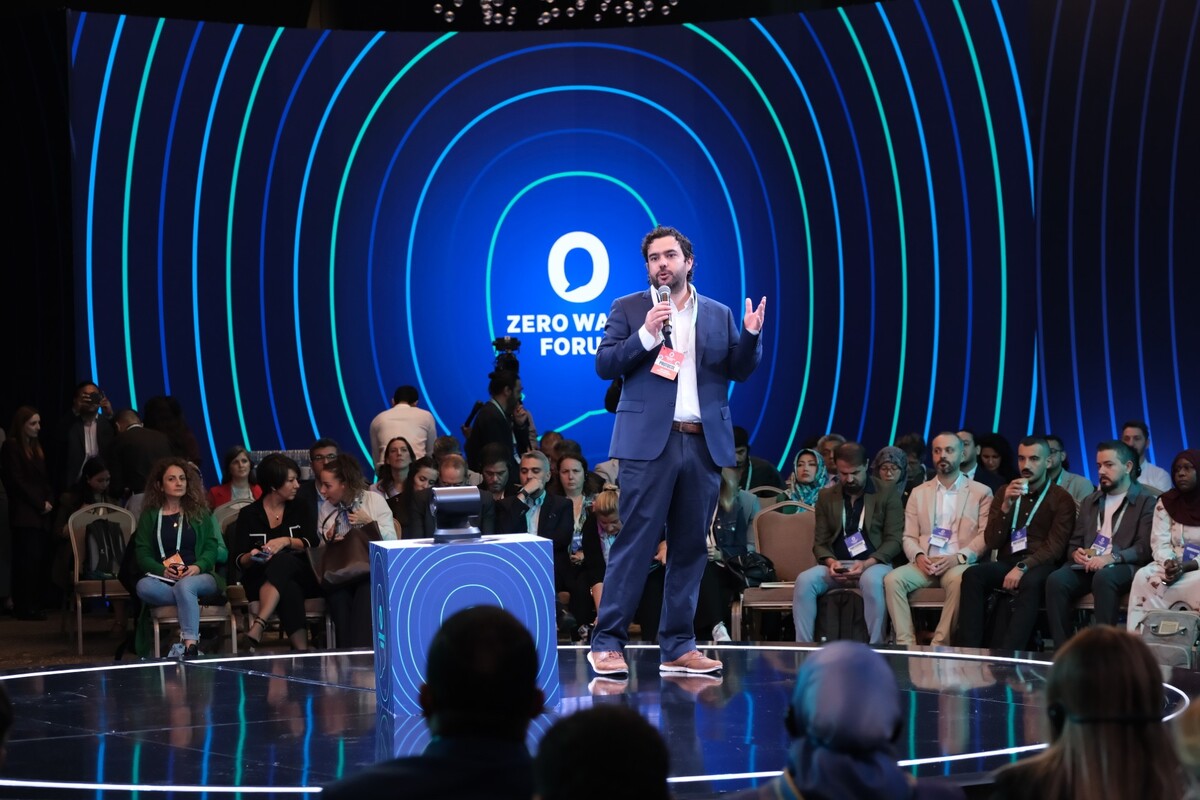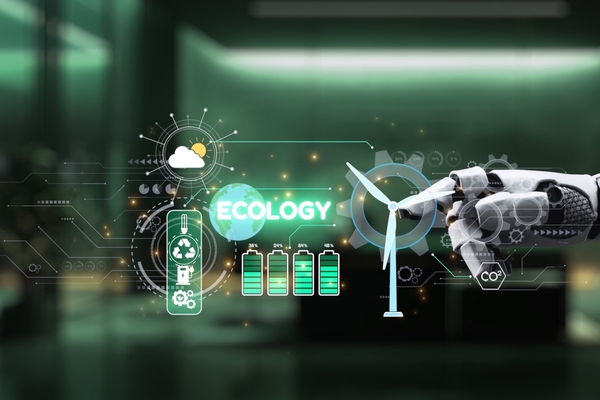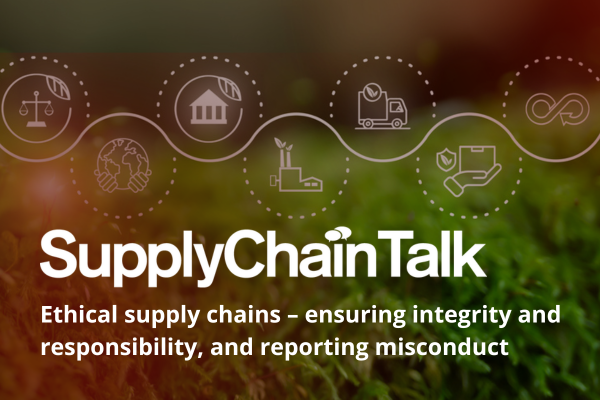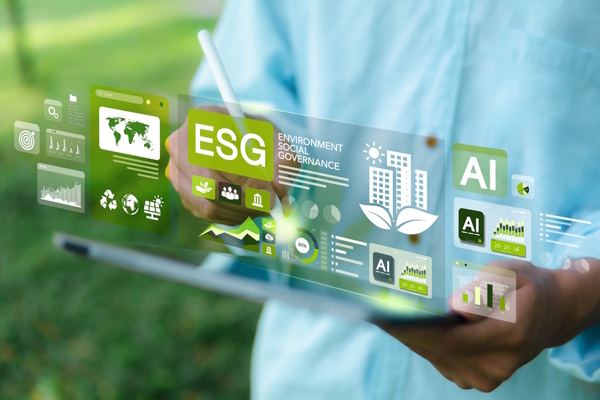Sustainability in the built environment
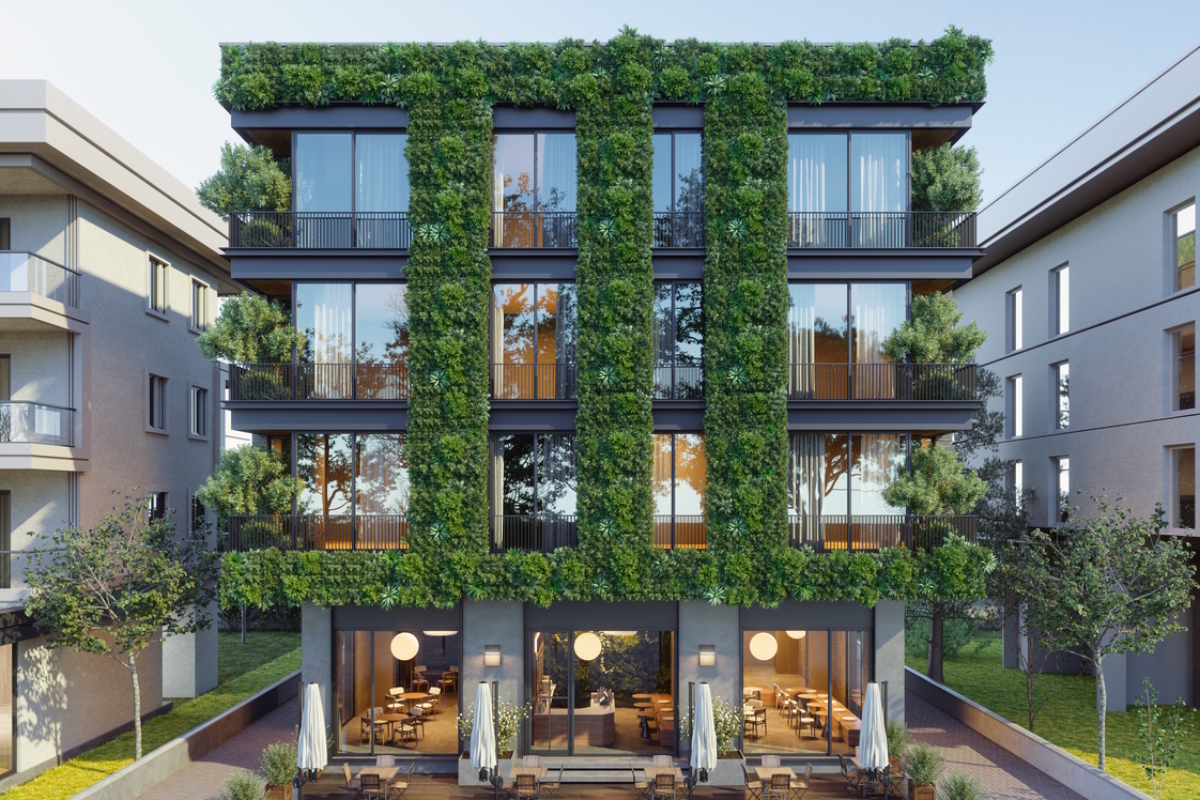
Small and mid-size buildings are set to drive sustainability in the UK: Manish Kumar at Schneider Electric explains how
Iconic structures like One Angel Square in Manchester or the Unisphere in Maryland show us that the future is achievable today. When sustainability is baked into every brick and at the core of building design from day one, it’s easy to be sustainable.
Not every building has the luxury of being a new build, though; while high-profile projects like this capture headlines, the true champions of a sustainable future are often overlooked. Everyday structures such as local shops, hotels and offices may not make headlines. But collectively, they hold the power to drive significant environmental change.
The impact of SMBs
Small and mid-size buildings (SMBs) are typically defined as buildings under 100,000 square feet (10,000 square metres). Whilst one SMB in isolation might make a modest impact, when combined, this subset of commercial buildings proves to be even more impactful than their larger counterparts.
In fact, 90% of buildings today are SMBs, with approximately 30 million across Europe and North America.
But what are the real-life examples of SMBs taking sustainability into their own hands? In France, the Hotel Grand Monarque in Chartres is a great case in point.
Or let us consider a sports retailer with over 100 locations. It needed to integrate automation with control to manage high CO₂ energy costs, non-compliance with temperature and air quality standards, and operational inefficiencies. It monitored and managed energy usage, improved compliance, and enhanced operational efficiency. Through this approach, it resulted in a 10% energy savings across its portfolio and more than a 25% improvement in air quality and temperature standards compliance.
These achievements demonstrate not only how an integrated energy management system drives operational excellence but also the sustainable improvements that can be made to the local environment.
Regulation: a key catalyst for change
Regulation and the introduction of new industry standards remain key drivers across the world for decarbonisation in the built environment. In 2021, the Green Building Council estimated that the built environment produced 25% of UK greenhouse gas emissions. In light of this, it’s perhaps no surprise that governments are introducing new frameworks and goalposts to drive change in the sector.
Although regulations and ratings initially targeted larger buildings and new developments, SMBs are increasingly expected to demonstrate compliance, a trend that is only set to intensify in the future. The UK Net Zero Carbon Buildings Standard, introduced last year, is the UK’s first cross-industry standard that provides clear definitions as well as performance targets for net-zero carbon buildings. The Standard applies to sectors that constitute the majority of the UK’s building stock, including schools, offices, shops, homes, hotels and more.
Whilst currently voluntary, the Standard is already having an impact on design, construction and operations practices and is anticipated to influence future building regulations. Adding to this, the UK government has outlined Minimum Energy Efficiency Standards (MEES) for all commercial properties to maintain a minimum EPC rating of ‘E’ or above to be legally let.
The growing trend in Europe indicates that more rigorous regulations are undoubtedly on the horizon. For example, in France, the Décret Tertiaire has already mandated a 40% reduction in energy consumption by 2030 in the tertiary sector, spanning office buildings, shops, hotels and other commercial spaces with a surface area greater than 1000m2. With this in mind, it’s imperative that SMB owners in the UK get ahead of the game by beginning their sustainability journey now rather than later.
Retrofitting buildings to deliver sustainability
One hurdle faced by SMBs is their infrastructure, which is often outdated and ageing, ill-equipped to meet demanding sustainability targets without the help of modern technology. Yet, in 2050, 80% of the UK’s current building stock will still be in use.
Legacy buildings are more likely to have older systems in place that demand repairs, with low visibility into CO₂ and other emissions and energy efficiency levels. Furthermore, SMBs often don’t require on-site staff or are not able to afford facility managers to actively manage energy and building systems.
As a consequence, building performance is often under strain, and the ability to optimise energy efficiency becomes incredibly limited. This adds more pressure to building owners who are likely already feeling the heat amidst a turbulent economic climate, skyrocketing inflation, and soaring energy bills.
The positive news is that technologies are now available to facilitate the retrofitting of older buildings and achieve alignment with regulatory requirements at a reasonable cost. Smart investments prove their worth quickly, reducing operational costs by identifying the top areas for energy waste across a building and taking corrective actions to address them.
It’s a misconception that the path towards net zero requires an entire building overhaul. Instead, building owners should identify solutions that allow them to achieve ‘quick wins’ first, establishing a baseline for current emissions and tracking improvements from there.
A good place to start is ageing HVAC systems, which are often lacking when it comes to efficiency. Simple steps, such as installing wireless sensors to allow for remote monitoring of performance and alarms of HVAC assets, or deploying simple schedule-based controls, are easy ways to boost heating and cooling system efficiency.
Leveraging open protocol and wireless solutions that are easy to deploy and use is key to realise an attractive ROI for such investments.
Achieving visibility anytime, anywhere
When modernising buildings, tools which offer real-time visibility into energy consumption and associated CO₂ emissions can also be considered. These tools provide insights into which systems consume the most energy, and at what times.
Automation, even at a basic level, can then draw from this data to further optimise energy usage, recognise energy savings opportunities, and minimise a building’s carbon footprint. Automation also works to streamline operations by reducing reliance on manual management. AI-powered solutions that autonomously optimise comfort while delivering energy savings are quite relevant for small and mid-size buildings where there is no dedicated on-site facility manager.
Such tools are particularly useful for multi-site businesses, providing a holistic overview of energy consumption across a range of different buildings in real-time. Thanks to automation, it’s easier than ever for businesses with a range of different sites to achieve comprehensive analysis and accurate reporting, ensuring their sustainability efforts remain coordinated. A recent study demonstrated the real-life impact of implementing digital building and power management solutions in existing office buildings, facilitating reductions of up to 60% in carbon emissions.
Progress, not perfection
Importantly, sustainability projects don’t need to achieve perfection from the outset. Every small step towards net zero in a building is meaningful: building owners, particularly those of SMBs, don’t need to feel daunted by the task at hand.
As more demanding regulatory requirements emerge in the near future, taking decisive action doesn’t just minimise future compliance risks. By acting today, we can create buildings that are more efficient, cost-effective, and future-proofed into 2050 and beyond.
Manish Kumar is EVP, Digital Energy Global Business at Schneider Electric
Main image courtesy of iStockPhoto.com and onurdongel

Business Reporter Team
Most Viewed
Winston House, 3rd Floor, Units 306-309, 2-4 Dollis Park, London, N3 1HF
23-29 Hendon Lane, London, N3 1RT
020 8349 4363
© 2025, Lyonsdown Limited. Business Reporter® is a registered trademark of Lyonsdown Ltd. VAT registration number: 830519543

